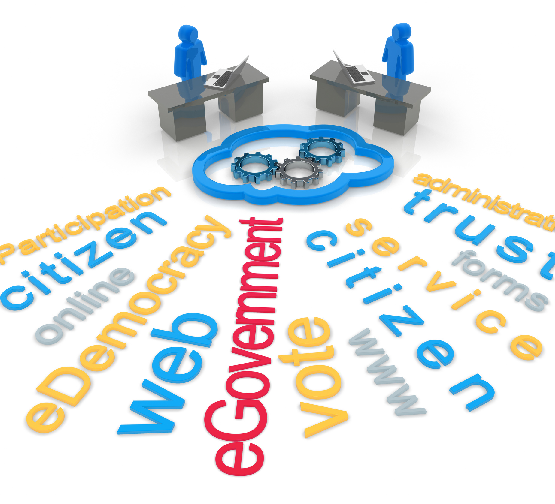E-Governance
Information and communications technology (ICT) is transforming the way we live, revolutionizing work and leisure and changing the rules of doing business. In the government's domain, ICT applications are promising to enhance the delivery of public goods and services to citizens not only by improving the process and management of government, but also by redefining the traditional concepts of citizenship and democracy.
The e-government involves the automation or computerization of existing paper-based procedures that will prompt new styles of leadership, new ways of debating and deciding strategies, new ways of transacting business, new ways of listening to citizens and communities, and new ways of organizing and delivering information.
The key to e-government is the establishment of a long-term, organization-wide strategy to constantly improve operations with the end in view of fulfilling citizen needs by transforming internal operations such as staffing, technology, processes and work flow management.
Thus, e-government would mean the simplification of procedures and streamlining of the approval process. To government employees and agencies, it would mean the facilitation of cross-agency coordination and collaboration to ensure appropriate and timely decision-making.
The four types of e-government services are Government-to-Citizen (G2C), Government-to-Business (G2B), Government-to-Employee (G2E), and Government-to-Government (G2G).
Transvision is executing/implementing a number of e-governance projects/services for various state/central government departments & organizations.
